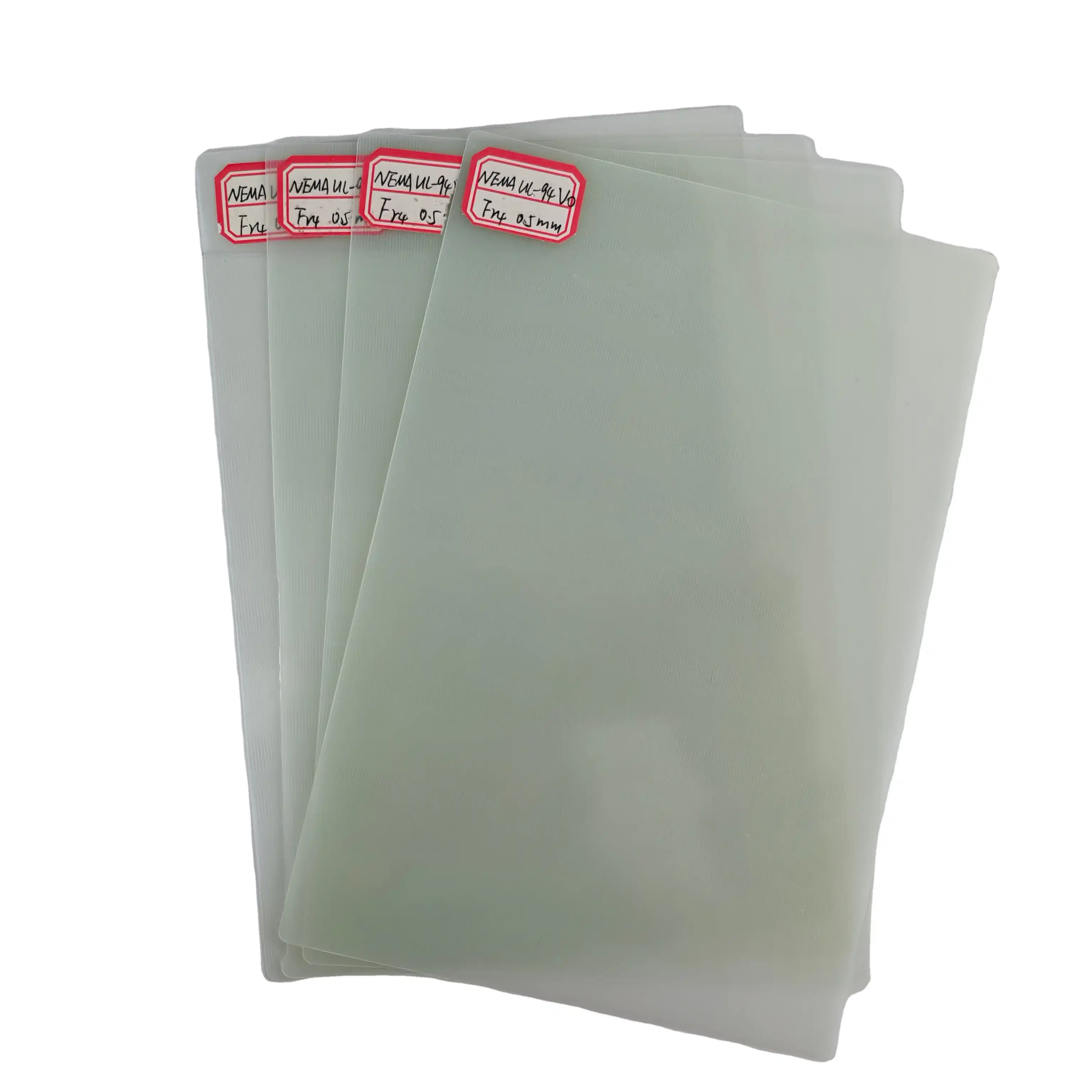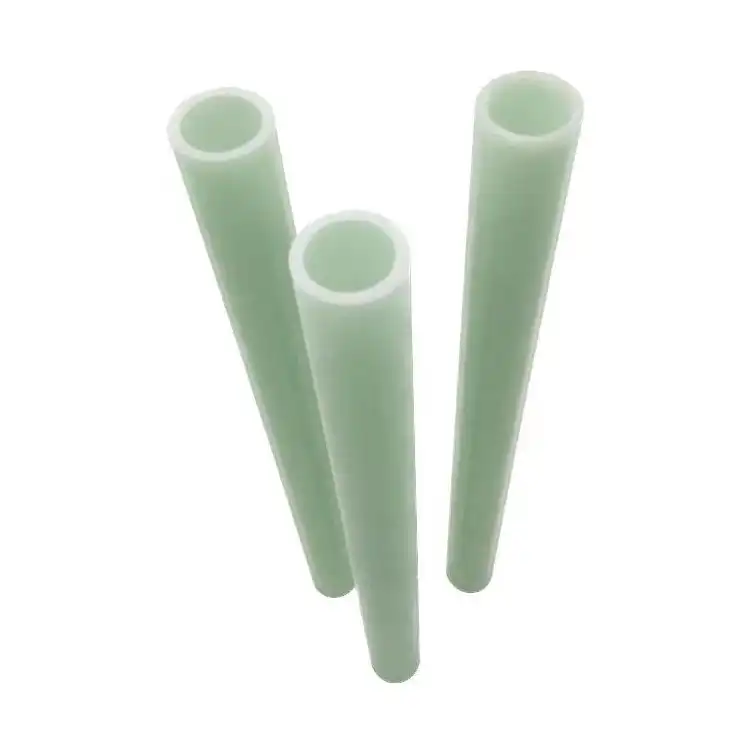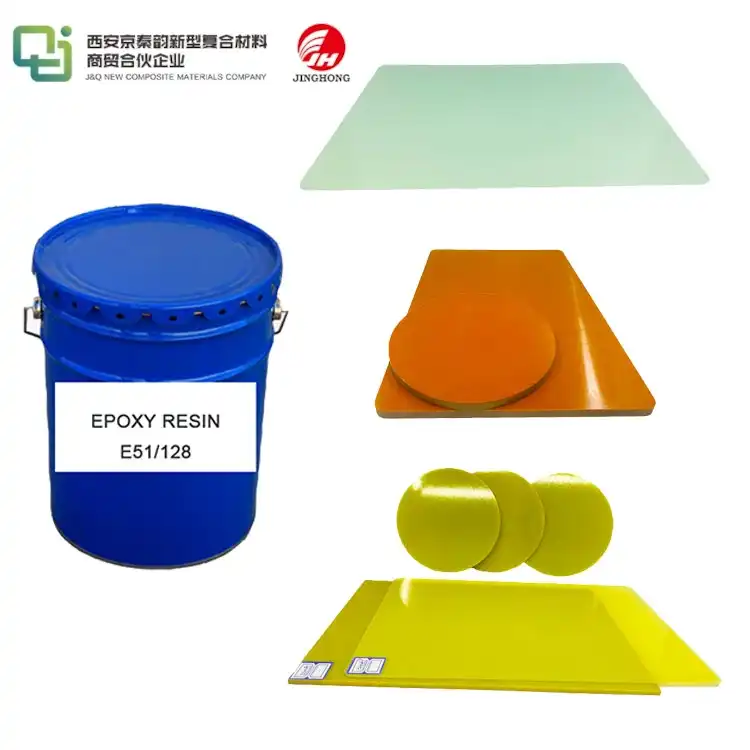Understanding flammability UL94: key insights for safer material selection
2024-11-05 15:41:35
In the realm of material science and product safety, understanding flammability ratings is paramount. The UL94 standard, established by Underwriters Laboratories, serves as a crucial benchmark for assessing the fire resistance of plastics and other materials. This comprehensive guide delves into the intricacies of UL94 flammability ratings, offering valuable insights for manufacturers, engineers, and safety professionals seeking to make informed decisions in material selection.
The Fundamentals of UL94 Flammability Testing
UL94 testing is a rigorous process designed to evaluate how materials respond to fire under controlled conditions. This standardized approach provides a consistent framework for comparing the fire-resistant properties of different materials.
The Purpose and Significance of UL94 Testing
UL94 testing serves a critical role in ensuring product safety across various industries. By subjecting materials to controlled flame exposure, these tests simulate real-world fire scenarios, allowing manufacturers to assess potential risks and make informed decisions about material selection for their products.
Key Components of UL94 Testing Procedures
The UL94 testing process involves exposing material samples to open flames under specific conditions. Factors such as ignition time, flame spread rate, and dripping behavior are meticulously observed and recorded. These observations form the basis for assigning flammability ratings to the tested materials.
Interpreting UL94 Test Results
UL94 test results are expressed as ratings that indicate a material's fire resistance level. These ratings range from HB (horizontal burning) to V-0, V-1, and V-2 (vertical burning), with V-0 representing the highest level of flame resistance. Understanding these ratings is crucial for selecting materials that meet specific safety requirements for different applications.
Decoding UL94 Flammability Classifications
The UL94 standard encompasses several distinct classifications, each reflecting different levels of fire resistance. Grasping these classifications is essential for making informed decisions in material selection and ensuring compliance with safety regulations.
HB (Horizontal Burning) Classification
The HB classification is specifically designed for materials tested in a horizontal orientation. To meet this standard, these materials must exhibit a slow burning rate when subjected to a small flame, ensuring a certain level of fire resistance. While HB-rated materials provide some protection against fire hazards, they are best suited for applications with lower fire safety demands, where higher classifications may not be necessary.
V-0, V-1, and V-2 Classifications
The V-0, V-1, and V-2 classifications are designated for materials tested in a vertical position, reflecting their performance under flame exposure. V-0 materials are the most flame-resistant, quickly self-extinguishing with little to no dripping. V-1 and V-2 materials also self-extinguish but may take longer to do so and can produce more flaming drips, making them less ideal for high-risk applications where rapid fire containment is crucial.
5VA and 5VB Classifications
The 5VA and 5VB classifications are the highest ratings in the UL94 standard, indicating rigorous testing for fire resistance. Materials in these categories undergo severe flame exposure, showcasing outstanding fire safety characteristics. 5VA-rated materials are designed to completely prevent burn-through, making them ideal for high-risk environments. In contrast, 5VB-rated materials may permit limited burn-through under extreme conditions, yet still offer a high level of protection against flames.

Applying UL94 Insights in Material Selection
Armed with a solid understanding of UL94 classifications, manufacturers and engineers can make more informed decisions when selecting materials for their products. This knowledge is particularly valuable in industries where fire safety is a critical concern.
Identifying Suitable Materials for Specific Applications
Different applications necessitate diverse levels of fire resistance to ensure safety and performance. By evaluating UL94 ratings along with other material characteristics, designers can select the most suitable materials for their projects. For example, electronics enclosures often require V-0 rated materials to provide optimal flame protection, whereas components with lower risk may be adequately served by HB-rated materials, balancing safety and cost-effectiveness in their design choices.
Balancing Fire Safety with Other Material Properties
While fire resistance is an important aspect of material selection, it is not the sole consideration. Manufacturers must also take into account factors such as mechanical strength, chemical resistance, and overall cost-effectiveness. By adopting a holistic approach, they can ensure that the selected materials not only provide adequate fire protection but also meet other critical performance requirements, leading to more reliable and durable products in various applications.
Staying Compliant with Industry Regulations
Many industries are subject to strict regulations regarding the use of flame-resistant materials, making compliance essential for manufacturers. Familiarity with UL94 classifications allows companies to meet these requirements effectively, minimizing the risk of legal issues and protecting their reputation. Additionally, staying informed about evolving standards is crucial, as it enables manufacturers to adapt their material selection strategies and ensure ongoing compliance in a rapidly changing regulatory landscape.
Conclusion
In conclusion, a thorough understanding of UL94 flammability ratings is indispensable for anyone involved in material selection and product design. By leveraging this knowledge, manufacturers can enhance the safety of their products, meet regulatory requirements, and contribute to overall fire prevention efforts. As material science continues to evolve, staying informed about UL94 standards and their applications will remain crucial for creating safer, more resilient products across diverse industries.
Contact Us
Are you looking for high-quality insulating sheets that meet stringent UL94 flammability standards? With over two decades of experience in producing and selling insulating materials, J&Q is your trusted partner for all your material needs. Our Flame Resistance FR4 Fiber Glass Laminate Sheet was sent to SGS for inspection and has been tested to achieve V0 flame retardant level. Our extensive knowledge in foreign trading and long-standing collaborations with domestic and international trading companies enable us to provide exceptional service and products tailored to your specific requirements. To learn more about our UL94-compliant insulating sheets or to discuss your project needs, please don't hesitate to reach out to us at info@jhd-material.com.
References
1. Underwriters Laboratories, "UL 94 Standard for Tests for Flammability of Plastic Materials for Parts in Devices and Appliances," 6th Edition, 2013.
2. Hirschler, M.M., "Flame Retardants and Heat Release: Review of Data on Individual Polymers," Fire and Materials, Vol. 39, No. 3, 2015.
3. Laoutid, F., et al., "New prospects in flame retardant polymer materials: From fundamentals to nanocomposites," Materials Science and Engineering: R: Reports, Vol. 63, No. 3, 2009.
4. Wilkie, C.A. and Morgan, A.B., "Fire Retardancy of Polymeric Materials," 2nd Edition, CRC Press, 2009.
5. Troitzsch, J., "Plastics Flammability Handbook: Principles, Regulations, Testing, and Approval," 3rd Edition, Hanser Publishers, 2004.
6. Grand, A.F. and Wilkie, C.A., "Fire Retardancy of Polymeric Materials," Marcel Dekker, Inc., 2000.





 拷贝.webp)

